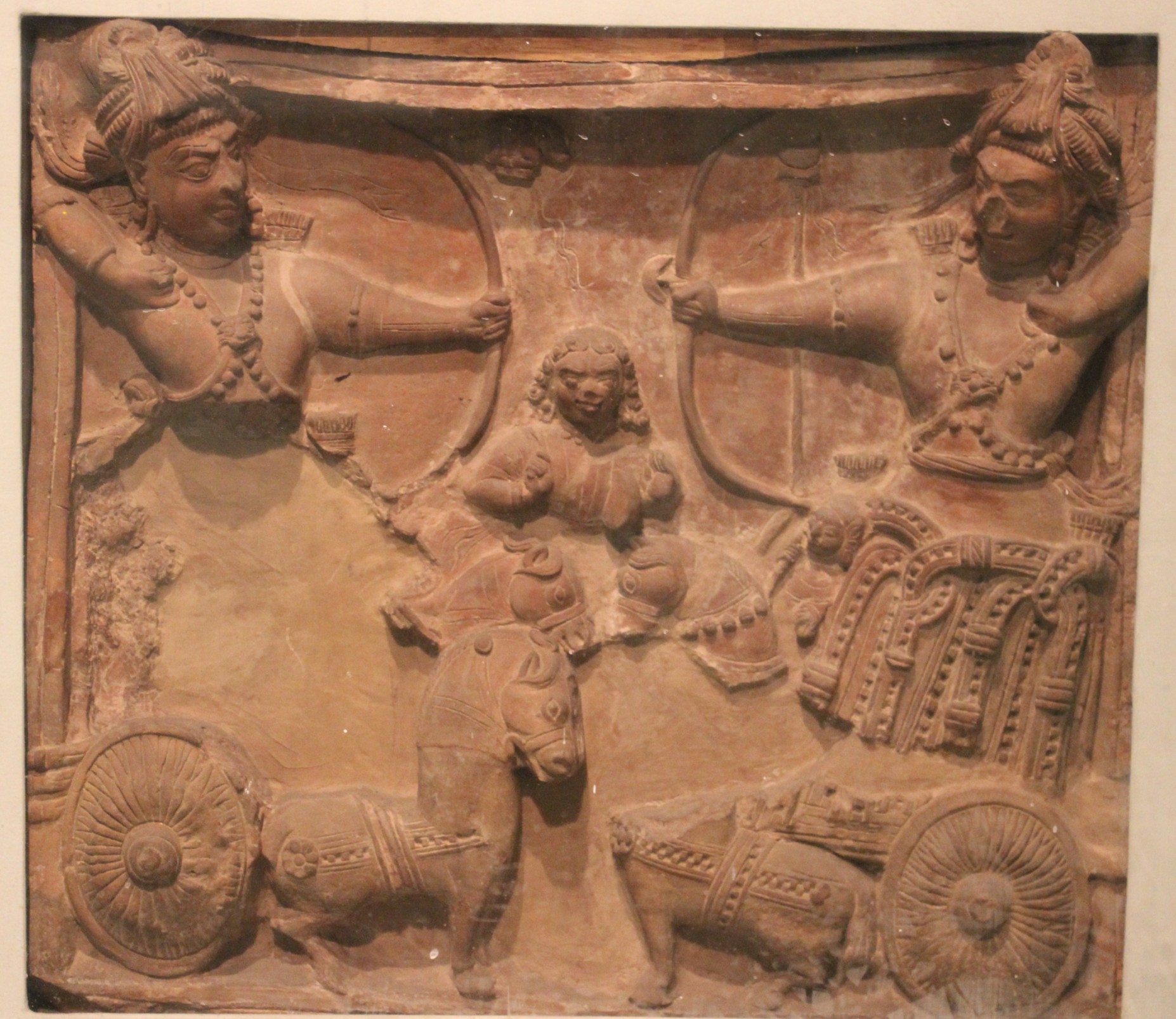History is an interesting subject. It gives you look into our past. Into thousands of years before. Its like you are standing there, reliving the events of past, talking to the characters. Its like we knew them closely, about their achievements, failures, interests and contributions.
Invasions have shaped us in ways we cannot imagine. From our coins to buildings, from our food habits to or thought processes, from our language to the music- they are everywhere. The invasions spanning more than two thousand years, have left an indelible mark on the composite, diverse, unique culture of India. The culture that makes us what we are today.
The first one to invade India was a 28-year young Greek lad. His ambition was to conquer the world. He did reach up to present day Punjab from Greece, which are over 4000 kilometres apart and established one of the largest empires mankind has ever seen. World knows him by the name Alexander the Great. He remained undefeated his entire life.
On his return, Alexander left the conquered territories under his provincial governors. They were called Indo-Greeks. One of them was Seleucus I Nicator. Megasthenes, who would become the first person to leave a written description of India, was ambassador of Seleucus I Nicator.
Indo Greeks were first to mint coins with portrait of the king in India. Heliodorus, another ambassador, erected a pillar in honour of Lord Krishna. Today, 2100 years later, the pillar still stands in the middle of an open ground in Vidisha, Madhya Pradesh.
After Indo-Greeks, India was invaded by various nomadic tribes from Central Asia, the Sakas, Parthians and Kushanas. Curiously, these tribes were pushed west wards and towards India because of Great wall of China that was built to keep invaders away. The Great wall is 21000 kilometres long and no, it is not visible from the Moon.
Of these tribes, Kushanas were most widely known and they were great patrons of Buddhism. They controlled the Silk Route, a network of trade routes connecting the East and West, deriving its name from the profitable trade in silk. Through this silk route Buddhism spread outside India including China.
Also, the national calendar used by Government of India is Saka Calendar, a tribute to the advanced intellectual capabilities of the time. According to this calendar the current year we are living is 1943!
The next wave of invasion happened after 700s and notably after 1000 AD. These were by Arabs, Turks, Persians, and Central Asians. Of them, Mahmud of Ghazni conducted as many as seventeen military campaigns into India for collecting vast treasures.
The events of 1191, however were a turning point in the history of India. That year, Muhammad Ghori tried to enter India and was defeated by Prithviraj Chauhan. Prithiviraj, however underestimated Ghori and, next year, as fate would have it, Ghori returned and defeated Prithviraj Chauhan.
Ghori appointed his trusted general Qutb-ud-din Aibak as deputy in India. This was beginning of Delhi Sultanates who ruled India for more than three centuries. During this period India faced the threat of Mongol armies who had established a very large kingdom including most of modern-day Russia, China, Korea etc. However, Mongol’s entry was repulsed successfully by Ala-ud-din Khalji.
One of the commanders of Ala-ud-din Khalji, Malik Kafur led an army into the south conquering the kingdoms up to Tamilnadu region. Thus, Turkish rule spread into southern India.
Then came Zahiruddin Muhammad Babur from Uzbekistan who defeated Ibrahim Lodi, the last king of Delhi Sultanate at a place called Panipat, 95 km north of Delhi. It was the first of three empire shaking battles that Panipat had witnessed.
Babur established Mughal rule in India which ruled for more than three centuries. Mughals left behind a heritage of great architecture (the Taj Mahal, for instance, one of the new Seven Wonders of the World), literature and art which has enriched India. At the height of its power the Mughal empire stretched from Afghanistan to Bengal and from Kashmir down to the Tamil region in the south. The empire formally ended when power passed to the new crown after the great revolt of 1857.
Throughout these invasions, battles were fought and rulers were changed, but one thing remain unchanged- the basic social and economic life at village level. The self-sufficient, self-sustaining village system continued in India irrespective of who was ruling at the top.
This, however was about to change with coming of new invaders. These new invaders, unlike earlier invaders, were not here to make India their home. They had other plans. And in next 200 years, everything changed.
And, yeah, you guessed it right. The new invaders were British.
